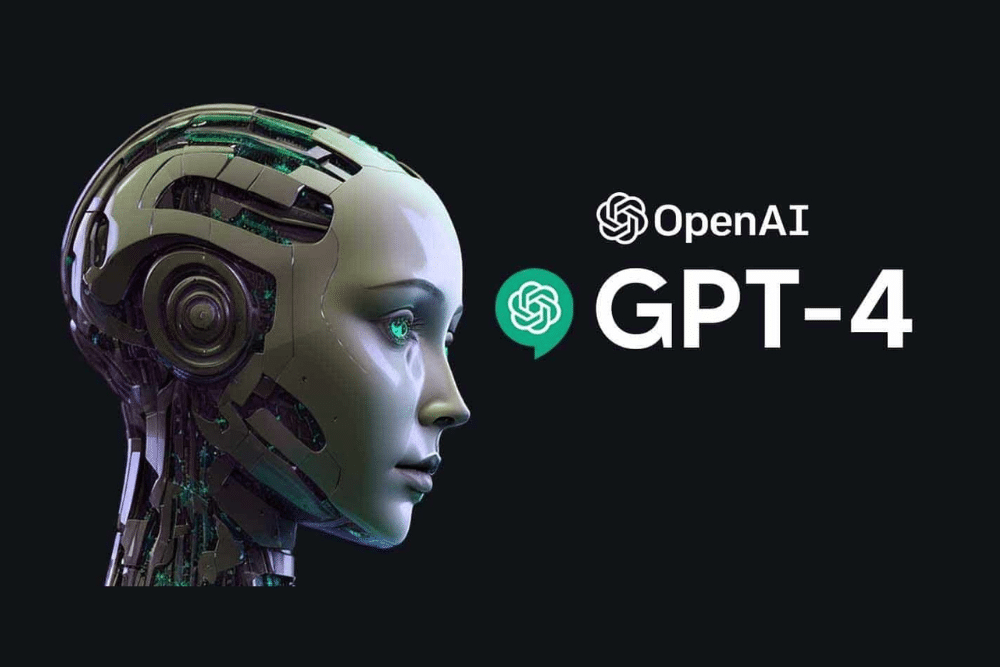GPT-4 is the latest iteration of the GPT series of language models and generative AI developed by OpenAI, with its design aiming to be even more advanced than its predecessor, GPT-3.5. With initial results far outpacing its predecessor, GPT-4 is based on the Transformer architecture, which allows it to process sequential data and generate output text based on the input it receives.
One of the main advantages of GPT-4 is that it has been trained on a massive amount of text data, which includes a wide range of topics and domains. This makes it highly versatile and capable of generating text that is relevant and coherent, even for highly specific domains or tasks.
While GPT-4 is a highly advanced language model, it’s still not quite as smart as an average human in most areas. It can generate text that is relevant and coherent, but it may not always understand the underlying meaning or context of a question, as we’ve discussed in one of our previous blogs. Despite its flaws, there are ways you can make GPT-4 work to the best of its ability to accomplish some tasks efficiently.
1. Provide high-quality input data
The quality of the input data is crucial in getting the best use and results out of GPT-4. While the model has been trained on a massive amount of text data, it’s important to ensure that the input data provided is of high quality and relevance to the task at hand.
If the input data is too broad or too specific, it can lead to irrelevant or inaccurate responses being generated.
2. Use prompts and constraints
One of the most powerful features of GPT-4 is its ability to generate text based on prompts and constraints. Prompts are input text that the model uses to generate a response, while constraints are rules or conditions that the language model must follow when generating text.
Using prompts and constraints can help to ensure that the generated text is relevant and accurate, in line with the specific task at hand.
3. Evaluate the output
GPT-4 isn’t perfect, so the output it produces may not always be 100% accurate, and because of this, it’s important to double-check the accuracy and validity information it gives out.
This can be done by comparing the generated text to the input data and manually assessing its accuracy and relevance.
Additionally, it’s also important to evaluate the output in the context of the specific application or task at hand.
4. Use GPT-4 ethically
As with any technology, it’s important to use GPT-4 ethically. This means avoiding the use of the model for malicious purposes, such as generating fake news or spreading misinformation.
Also, make sure that the generated text does not infringe on intellectual property or violate any privacy or ethical concerns.
So now that we’ve covered how you can get the best results out of GPT-4, here are some unique ways you can use this software to get impressive results.
You can turn a simple napkin sketch into a web application
Using GPT-4, a user can submit a napkin or paper sketch as an idea for a website. Once a photo of the sketch is uploaded to the AI for analysis, GPT-4 uses its deep learning capabilities to convert it into a functioning website.
The underlying mechanism is based on the interaction between the user and a neural network that has been trained on a vast amount of content and can predict the likely outcome. By converting the analysed image into a programming language such as HTML or JavaScript, GPT-4 creates a fully functional website!
It should be noted that this feature is only available for the research preview and that it’s not available to the general public just yet.
It can be used to parse information
Tome, an innovative storytelling format powered by AI, is now utilising the advanced capabilities of GPT-4 to analyse Wikipedia articles comprehensively. The system not only scans the complete articles but also understands their contents to present users with a concise summary highlighting only the essential information.
This approach aims to simplify and streamline the process of researching complex topics, allowing users to access the key points without getting bogged down by dense, intricate articles.
GPT-4 can give you the context behind images
GPT-4 possesses the remarkable ability to comprehend and provide a detailed description of an image when it is fed into the model. It can decipher the underlying message and humour of an internet meme and describe it in a precise and articulate manner.
It can be used as an engagement prediction tool
GPT-4’s language capabilities can be used as an engagement prediction tool in marketing. It can analyse customer data to predict the most effective campaigns for different target audiences.
This can lead to more personalised content, improved engagement, loyalty, and higher conversion rates. GPT-4 has the potential to revolutionise marketing strategies by optimising campaigns and content for maximum impact.
Is GPT-4 the future? Perhaps, yes
GPT-4 and AI in general, have the potential to change the world as the introduction of the Internet did over the past decades.
While it’s still imperfect and its creators acknowledge this fact, its current capabilities are groundbreaking. As GPT-4 is developed further, its solutions are expected to grow exponentially.


